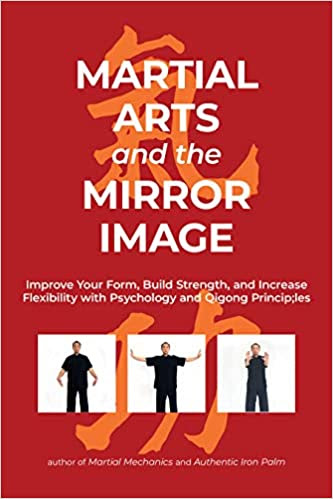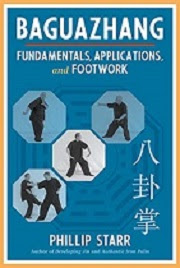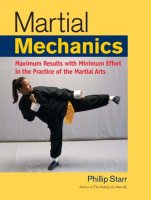by Phillip Starr
To use a weapon skillfully isn't nearly as easy as it sounds or looks. Watch an iaido demonstration and you'll understand what I mean. For those of you who are unfamiliar with iaido, it's the art of drawing and cutting with the Japanese sword. If you are not intimately acquainted with this venerable art, you'll miss all of the subtleties that make it what it is. It would seem that the swordsman, who usually begins in the position of seiza (sitting on the knees with the feet tucked under the buttocks), simply rises up to one knee, draws his sword, and makes a powerful cut. But there are many other small, obscure movements that are crucial to the correct execution of the technique and these delicate, sophisticated actions must be performed very precisely. Breath, mind, spirit, and physical movement must be in perfect synch. And for some reason, this seems to be more readily seen and felt when one is using a weapon than when one practices only with the bare hands.
Once a student has learned the fundamental techniques and form of a particular weapon, I tell him to perform the form without the weapon! The movements must be as smooth and precise as if they were wielding the weapon. This helps him grasp the relationship between weaponry and bare-handed fighting. After practicing in this way for a time, I tell him to change the “weapon technique” into a valid “empty-hand technique.” This often opens his eyes in more ways than one. He can clearly see the relationship between distance and timing, he can better understand rhythm, and he can see the many ways in which the striking and grappling techniques may be applied.
I once told my most senior student that if he really wanted to learn the essence of timing; if he really and truly wanted to understand it, he should take up kendo. Of course, the same thing holds true for other weapons with which martial arts enthusiasts practice but for reasons of safety, only a select few are suitable for “sparring”, per se. Kendo is the Japanese sport of fencing. But instead of using steel blades, they employ swords made of strong strips of bamboo. Even so, armor must be worn to protect the head, face, shoulders, torso, wrists, and hands from the powerful blows delivered with these bamboo “swords.”
In a kendo match, contestants must keep themselves “centered” as they try to connect to the opponent and feel his spirit and intention. If the opponent's mind or spirit flags for a moment or if he can be caught just as he begins an attack, one must commit oneself fully and strike!
The development of a strong but calm spirit, the real meaning of fully extending your yi (intention, mind) without the slightest concern for your own survival, the meaning of committing yourself fully, understanding the real meaning of distance, rhythm, and timing...these are crucial to the development of real skill but most practitioners of the bare-handed arts find them more than a little difficult to grasp and apply. It is my opinion that these concepts are more easily realized through the practice of weaponry. I don't know why this is true, but it is. And once they are realized through training with weapons they can easily be transferred to empty-hand technique.






















No comments:
Post a Comment